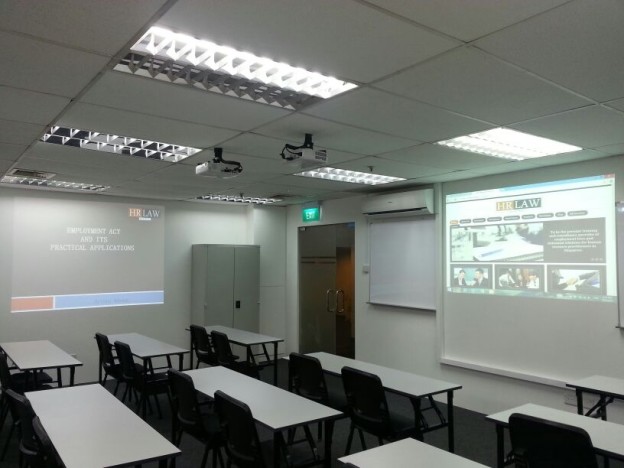In today’s business world, successful project management is crucial for achieving specific goals within a defined timeframe. To ensure a project’s success, project managers must possess a range of essential skills, including communication, leadership, planning, problem-solving, and risk management.
This article highlights the importance of these skills and best practices for effective project management in Singapore training room rental or rent classroom.
Project Management: Essential Skills and Best Practices
Project management is the process of planning, organizing, and managing resources to achieve specific goals within a defined timeframe. It is an essential skill for businesses of all sizes and industries to ensure successful project completion.
A project manager must have a range of skills to effectively manage a project, including communication, leadership, planning, problem-solving, and risk management.
Effective Communication
Clear and concise communication is essential to the success of any project. The project manager should communicate the project objectives, timelines, and milestones to the team members and stakeholders.
This helps to ensure that everyone is on the same page and understands the project’s goals and expectations. Regular communication also enables the project manager to identify and address any issues that arise during the project.
Effective communication also involves active listening and providing timely feedback to team members. Project managers must be approachable and encourage team members to share their ideas, concerns, and feedback.
They should be able to manage conflicts and provide constructive feedback to team members, keeping them motivated and engaged throughout the project.
Leadership
Effective leadership is critical to the success of a project. The project manager should provide clear direction, inspire and motivate team members, and lead by example.
They should set expectations and hold team members accountable for their work, providing guidance and support where needed. Project managers should also recognize and reward team members for their contributions and achievements, promoting a positive team culture.
Planning
Planning is the foundation of any successful project. A well-planned project ensures that the project is completed within the defined timeframe and budget, with the required quality standards.
The project manager should develop a detailed project plan that outlines the project objectives, tasks, timelines, and resources required. They should also identify potential risks and develop mitigation strategies to minimize their impact.
Effective planning involves breaking down the project into smaller, manageable tasks, and prioritizing them based on their importance and urgency.
The project manager should also ensure that the project plan is flexible enough to accommodate any changes that may arise during the project. Regular review and monitoring of the project plan help to ensure that the project stays on track.
Problem-Solving
Every project encounters challenges and obstacles, and it’s the project manager’s responsibility to solve them. Effective problem-solving requires a systematic approach, where the problem is identified, analyzed, and resolved.
The project manager should involve the team members in the problem-solving process, encouraging them to share their ideas and solutions. This helps to ensure that the solution is practical and feasible.
Risk Management
Risk management is the process of identifying potential risks and developing strategies to mitigate or avoid them. Every project has risks, such as budget overruns, delays, or quality issues.
The project manager should conduct a thorough risk assessment and develop a risk management plan that outlines the potential risks, their likelihood, and their impact. They should also identify mitigation strategies and contingency plans to minimize the impact of the risks.
Conclusion
Effective project management is critical to the success of any project. A project manager must possess a range of skills, including communication, leadership, planning, problem-solving, and risk management.
By leveraging these skills and adopting best practices, project managers can ensure that their projects are completed on time, within budget, and with the required quality standards. Investing in project management training and certification can help project managers enhance their skills and knowledge, enabling them to lead successful projects









